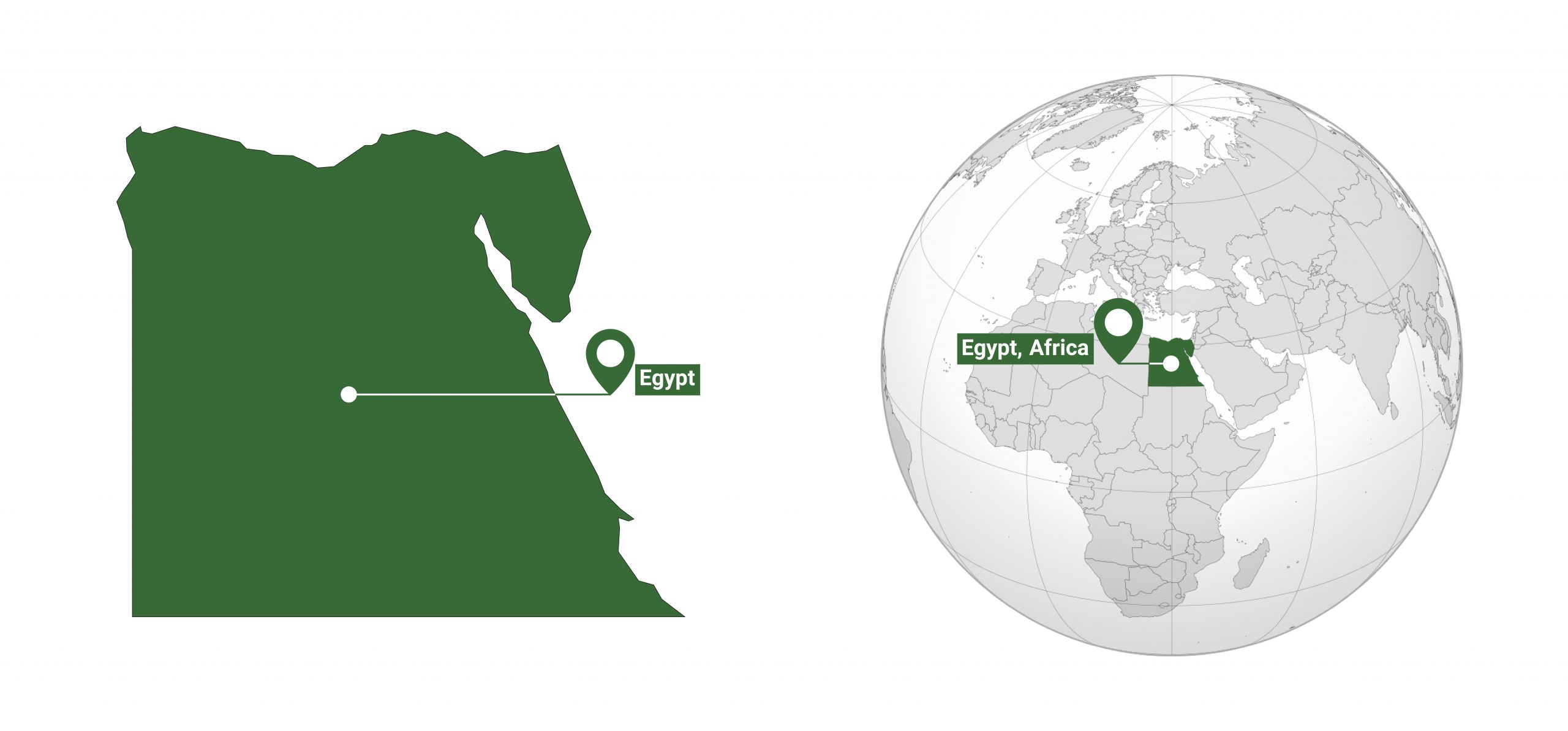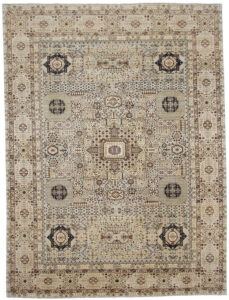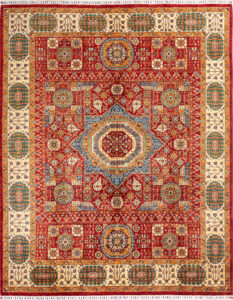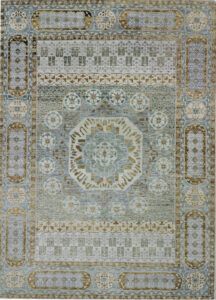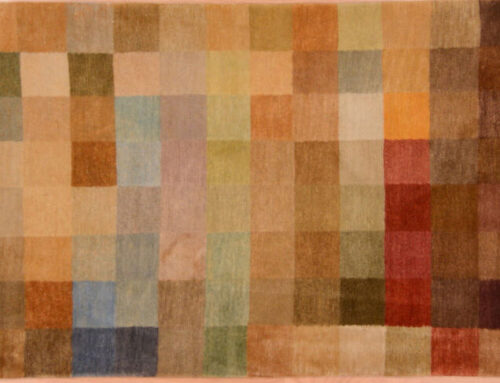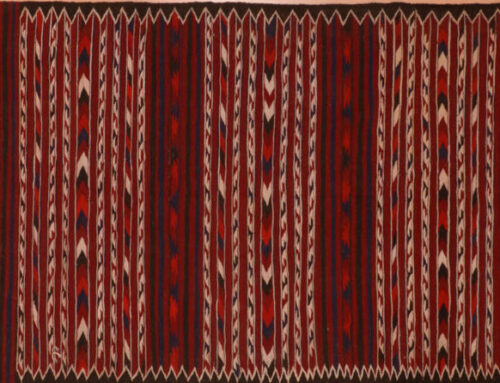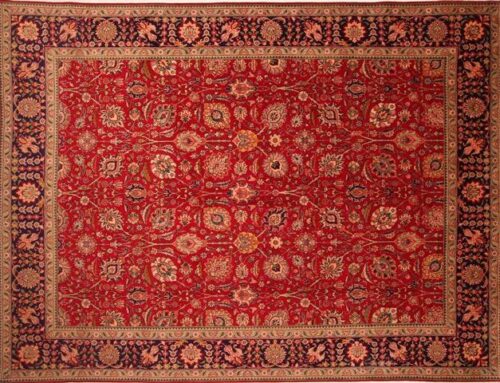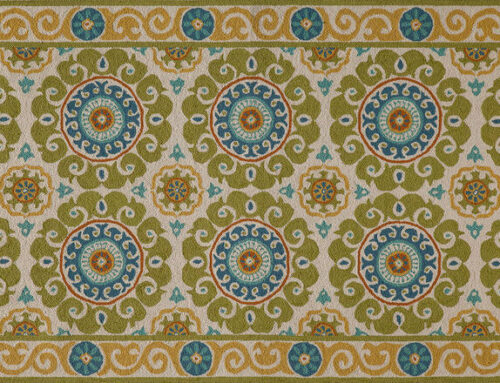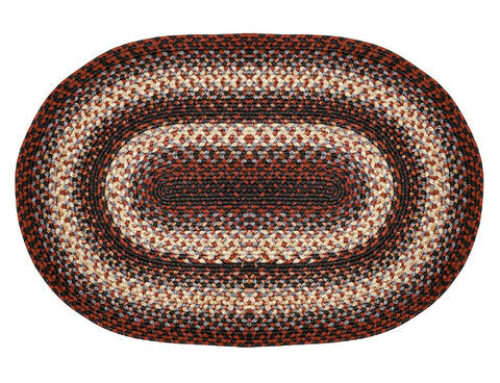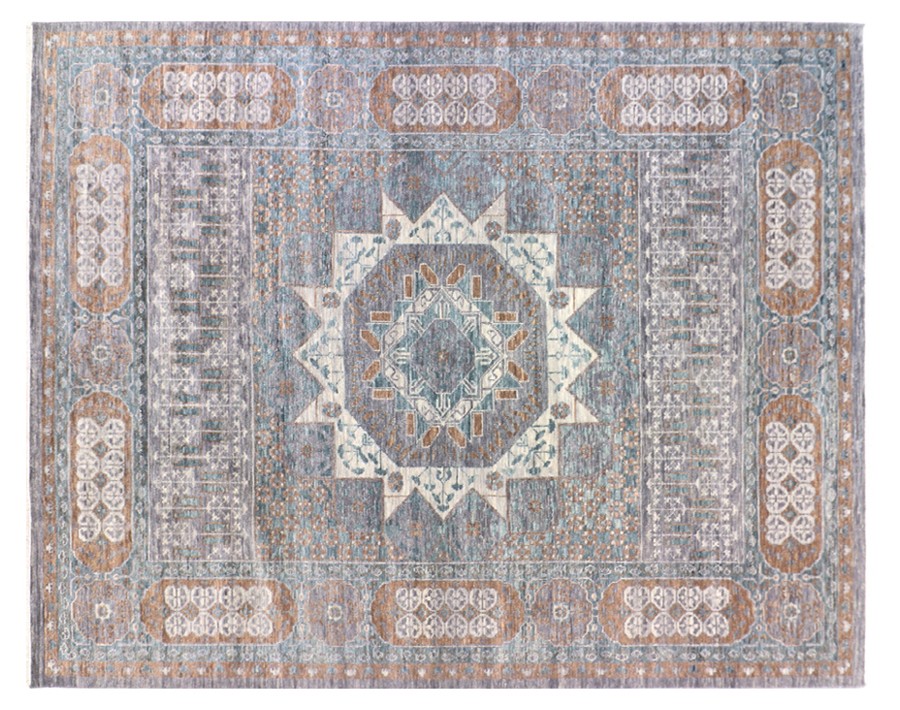
Origin of Mamluk Rugs 1
Mamluk carpets were made in the city of Cairo in Egypt.
History of Mamluk Rugs
The Mamluk Empire ruled Egypt and the Levant from 1250 to 1517. Carpet workshops in Cairo were established under the supervision of the Mamluk royal court starting from the second quarter of the fourteenth century. Mamluk carpets were highly prized and placed in royal palaces. They were also marketed in Cairo for the European nobility.
In 1517 CE, the Ottoman Empire conquered Egypt and overthrew the Mamluk Dynasty. The Mamluk weavers in Cairo continued to produce carpets for Ottoman Empire palaces and for trade. Mamluk weavers attained the height of their achievement in weaving during this era. Eventually, the Ottomans took a number of these master weavers to Istanbul to develop their own carpet industry. In addition, a number of weavers from Cairo were brought to Damascus to help develop carpet production in the Syrian territory.
Mamluk carpets were woven in sizes ranging from Prayer Rugs to large room dimensions. Today many Mamluk carpets are preserved in museums and in private collections throughout the world.
-
Mamluk Rugs in the Museums
Three surviving carpets from the reign of Mamluk Sultan Qaitbay (1468-1496) stand apart from the rest of the Mamluk weaving production. They share one particular design motif characteristic:
the insignia used by the sultan. They also all have a circular blazon design inside a square frame woven in each corner of the carpet. The first example is a palace-size Mamluk carpet consisting of seventeen fragments that is now housed in the collection of the Bardini Museum, in Florence, Italy. One additional larger fragment from this carpet was acquired by the Textile Museum in Washington, D.C., in 1965.
The second is a rug with a medallion and Open Field featuring Sultan Qaitbay’s blazon design in all four corners that is in the collection of New York’s Metropolitan Museum of Art (formerly in the Barbieri collection). The third carpet is another large Mamluk fragment in a private collection in Genoa, Italy.
A large sixteenth-century carpet preserved in the Museum of Applied Arts in Vienna, Austria, is believed to be the only surviving Mamluk silk pile carpet.
Characteristics of Mamluk Rugs
-
Material and Knots
Early Mamluks were woven with a wool foundation. Later Mamluk carpets can have wool, cotton, or silk materials used for the warp and weft in the foundation. The Persian (asymmetric) knot was used.
-
Color
A deep red background is a Mamluk carpet characteristic. In addition to this color, shades of blue, green, beige, gold, and brown were used for the design elements, medallion, and borders.
-
Design and Pattern
Mamluk carpets have geometric and floral designs with Egyptian and Islamic influences. Mosque ceilings, windows, and mosaic floors mostly inspired the designs. Mamluk weavers also wove Prayer Rugs.
Three surviving carpets from the reign of Mamluk Sultan Qaitbay (1468-1496) stand apart from the rest of the Mamluk weaving production. They share one particular design motif characteristic: They all have a circular blazon design inside a square frame woven in each corner of the carpet. The second is a rug with a medallion and Open Field featuring Sultan Qaitbay’s blazon design in all four corners.
Collections
- Mamluk Rug | © Rugman
- Mamluk Rug | © Rugman
- Mamluk Rug | © Rugman

